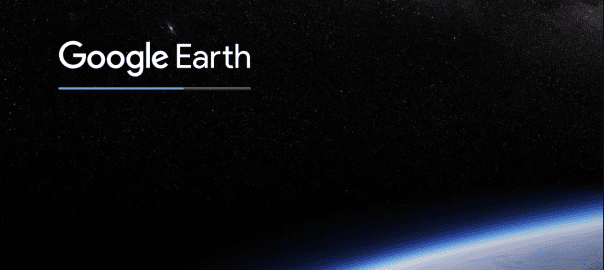June 7, 2023 /Technology/ — Spatial computing with Google Earth is a great way to explore the world in a new and immersive way. Here are some tips on how to get started:
- Download Google Earth: You can download Google Earth for free from the Google website.
- Explore the world: Once you have Google Earth installed, you can start exploring the world by zooming in and out of different locations.
- Use 3D models: Google Earth includes a variety of 3D models that you can use to explore different locations.
- Add your own content: You can also add your own content to Google Earth, such as photos, videos, and 3D models.
- Share your experiences: Once you have created a spatial computing experience with Google Earth, you can share it with others by publishing it to the web.
Here are some additional tips for spatial computing with Google Earth:
- Use a 3D mouse: A 3D mouse can help you to interact with Google Earth in a more natural and intuitive way.
- Use a head-mounted display: A head-mounted display (HMD) can immerse you in the spatial computing experience and allow you to interact with it using your head and hands.
- Use spatial data: Spatial data such as location information and sensor data can be used to create personalized and engaging spatial computing experiences.
Spatial computing with Google Earth is a powerful tool that can be used to create a variety of immersive and engaging experiences. By following these tips, you can start creating your own spatial computing experiences today.
Here are some examples of spatial computing experiences that have been created with Google Earth:
- Virtual tours: Virtual tours allow users to explore different locations in a virtual environment.
- Educational experiences: Educational experiences can be used to teach users about different topics, such as geography, history, and science.
- Business applications: Business applications can be used to visualize data, collaborate with colleagues, and provide customer service.
As spatial computing technology continues to evolve, we can expect to see even more innovative and immersive spatial computing experiences being created with Google Earth.
Spatial computing is a rapidly evolving field, and there are a number of ways to get started with spatial computing using Google Earth. Here are a few ideas:
- Explore the world in 3D: Google Earth allows you to explore the world in 3D, using your mouse or keyboard to fly around and zoom in and out. You can also use the Street View feature to explore locations in more detail.
- Add 3D models and animations: You can add 3D models and animations to Google Earth to create your own spatial computing experiences. There are a number of resources available to help you find and add 3D models and animations to Google Earth.
- Create custom maps: You can create custom maps in Google Earth to show specific locations or areas of interest. You can use the various tools in Google Earth to create custom maps, including drawing tools, text tools, and image tools.
- Share your creations: Once you have created a spatial computing experience in Google Earth, you can share it with others by publishing it to the web. You can also share your creations with others by exporting them as a KML or KMZ file.
These are just a few ideas for getting started with spatial computing using Google Earth. There are many other things you can do with Google Earth, and the possibilities are endless.
Here are some additional resources that you may find helpful:
- Google Earth Help: The Google Earth Help Center has a wealth of information on how to use Google Earth, including tutorials, tips, and tricks.
- Google Earth Community: The Google Earth Community is a forum where you can ask questions, get help, and share your creations with others.
- Google Earth Blog: The Google Earth Blog is a great place to find news and updates on Google Earth, as well as tips and tricks from other users.


